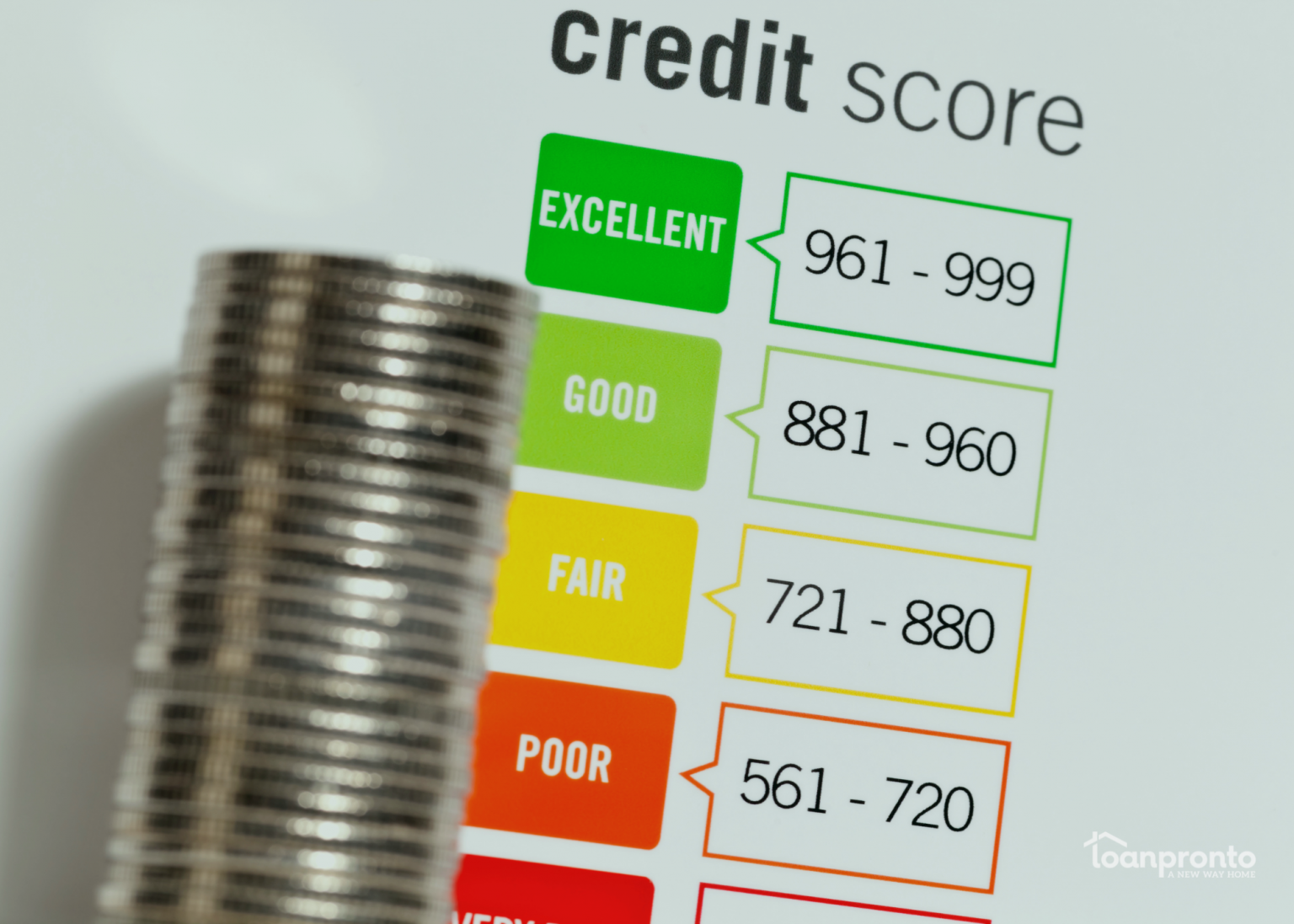Key Takeaways
-
FICO and VantageScore are the most common credit score models, but they calculate scores differently.
-
Your credit score may vary by source due to different bureaus, scoring models, or data timelines.
-
FICO is used by 90% of top lenders, while VantageScore offers faster scoring for those new to credit.
-
Understanding how your score is calculated helps you take control of your credit health before applying for a mortgage.
Your credit score plays a critical role in determining your ability to qualify for financial products, including mortgages, credit cards, and auto loans. Although people often refer to a single number, there are multiple types of credit scores, with the FICO Score and VantageScore being the most widely used models. Each is calculated differently and used by different lenders, which explains why you might see different credit scores when checking various sources.
Understanding Credit Scores
A credit score is a three-digit number ranging from 300 to 850. It reflects your credit behavior and history based on data in your credit report. Lenders use this score to assess how likely you are to repay your debts. The higher your score, the better your chances of receiving favorable loan terms.
FICO Score vs. VantageScore: Side-by-Side Comparison
| Credit Score Model | Used By | Data Requirements | Popularity | Score Range |
| FICO Score | 90% of top lenders | 6 months of history | Industry standard | 300–850 |
| VantageScore | 2,600+ institutions | 1 month of history | Gaining popularity | 300–850 |
Score Range Breakdown by Model
FICO Score Ranges:
| Rating | Score Range | Description |
| Poor | 300–579 | Credit approval is unlikely |
| Fair | 580–669 | Higher interest rates possible |
| Good | 670–739 | Generally creditworthy |
| Very Good | 740–799 | Likely to receive competitive terms |
| Exceptional | 800–850 | Best loan offers and terms |
VantageScore Ranges:
| Rating | Score Range | Description |
| Very Poor | 300–499 | Typically not approved for credit |
| Poor | 500–600 | May qualify, but with high rates |
| Fair | 601–660 | Approval possible, terms vary |
| Good | 661–780 | Good odds of approval and low rates |
| Excellent | 781–850 | Best approval odds and loan terms |
Why Credit Scores Vary
If you’ve ever seen different scores from different sources, you’re not alone. Here are key reasons your credit scores may vary:
- Each bureau—Experian, Equifax, and TransUnion—collects unique data.
- Not all lenders report to every bureau.
- Different versions of FICO or VantageScore may be in use.
- Scores might reflect data from different reporting dates.
If your credit scores differ by more than 50 points, review your credit reports for discrepancies or missing accounts.
Other Types of Credit Scores
Beyond FICO and VantageScore, lenders often use specialized scoring models:
| Score Type | Common Use |
| FICO Auto Score | Auto loan underwriting |
| FICO Bankcard Score | Credit card approvals |
| FICO Score 2/4/5 | Common in mortgage lending |
| FICO Score 8/9 | Widely used general versions |
| FICO Score 10/10T | Latest version with trended data |
How Are Credit Scores Calculated?
FICO Score Model:
| Factor | Weight |
| Payment History | 35% |
| Amounts Owed | 30% |
| Length of History | 15% |
| New Credit Inquiries | 10% |
| Credit Mix | 10% |
VantageScore 3.0 Model:
| Factor | Weight |
| Payment History | 40% |
| Credit Depth | 21% |
| Utilization Rate | 20% |
| Balances | 11% |
| Recent Activity | 5% |
| Available Credit | 3% |
How to Check Your Credit Score and Report
Monitoring your credit doesn’t hurt your score. Here’s how to check:
- Credit Bureaus: View your FICO Score with Experian and your VantageScore from Equifax or TransUnion.
- Banks & Credit Cards: Many providers offer free access to your credit score through online portals.
- AnnualCreditReport.com: Get free credit reports from all three bureaus once per year.
Tip: Always review your reports for errors. If you find inaccuracies, dispute them directly with the reporting bureau.
What Is a Good Credit Score?
A “good” credit score varies slightly depending on the model:
| Model | Good Score Range |
| FICO | 670–739 |
| VantageScore | 661–780 |
Maintaining a good score increases your chances of qualifying for better mortgage rates, higher credit limits, and lower insurance premiums.
Bottom Line
Navigating the world of credit scores doesn’t have to be overwhelming. By understanding the differences between FICO Score and VantageScore, knowing how your score is calculated, and keeping an eye on your credit report, you can take actionable steps to improve your financial health. Whether you’re preparing to apply for a mortgage, refinance your current home, or simply want to qualify for better rates, monitoring your credit is a smart first move. If you’re unsure where to start, reach out to our team for personalized advice on building your credit before starting the home loan process.
FAQs: FICO vs Vantage Models
No SSN required. Zero impact to credit. Your Information is never sold.



